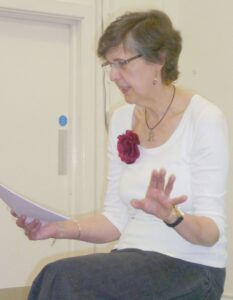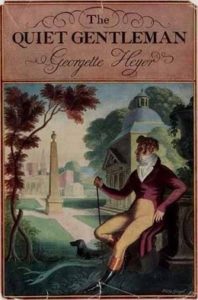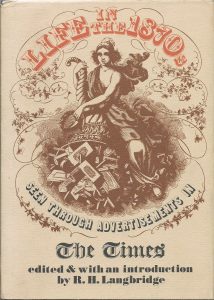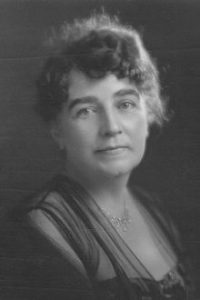In every film or television adaptation of Pride and Prejudice I’ve seen (and I’ve seen many) Mr Bennet comes across as a sympathetic character; a man we could like. We enjoy his irony with regard to the oleaginous Mr Collins: ‘It is happy for you that you possess the talent of flattering with delicacy. May I ask whether these pleasing attentions proceed from the impulse of the moment, or are the result of previous study?’
He finds Mr Collins ‘as absurd as he had hoped; and he listened to him with the keenest enjoyment, maintaining at the same time the most resolute composure of countenance…’ And we laugh with him.
But there is a less admirable side to Mr Bennet, one which leads to a great deal of unhappiness for his elder daughters, Jane and Elizabeth, and near disaster for the flighty Lydia who runs off with the caddish (though handsome) Wickham.
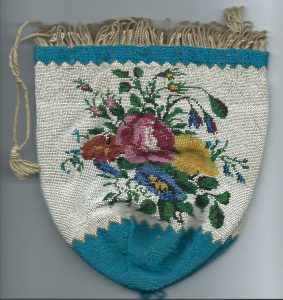
19th century reticule
Continue reading Jane Austen: Mr Bennet’s Failure as a Father
Please share this page...
